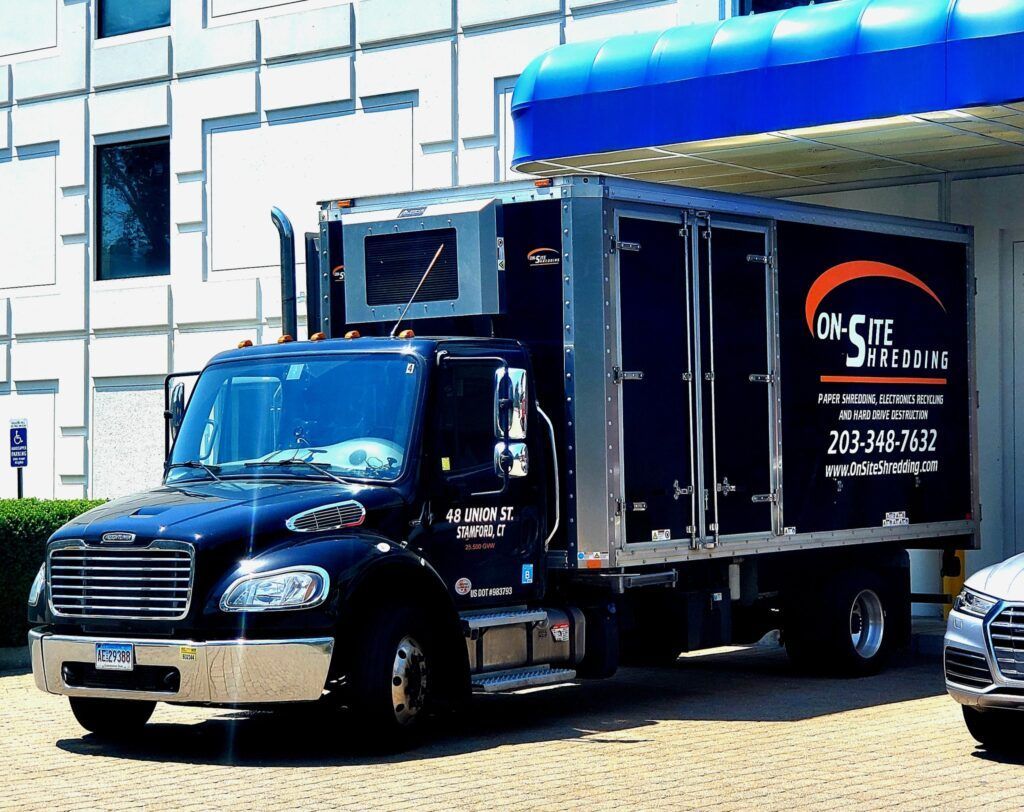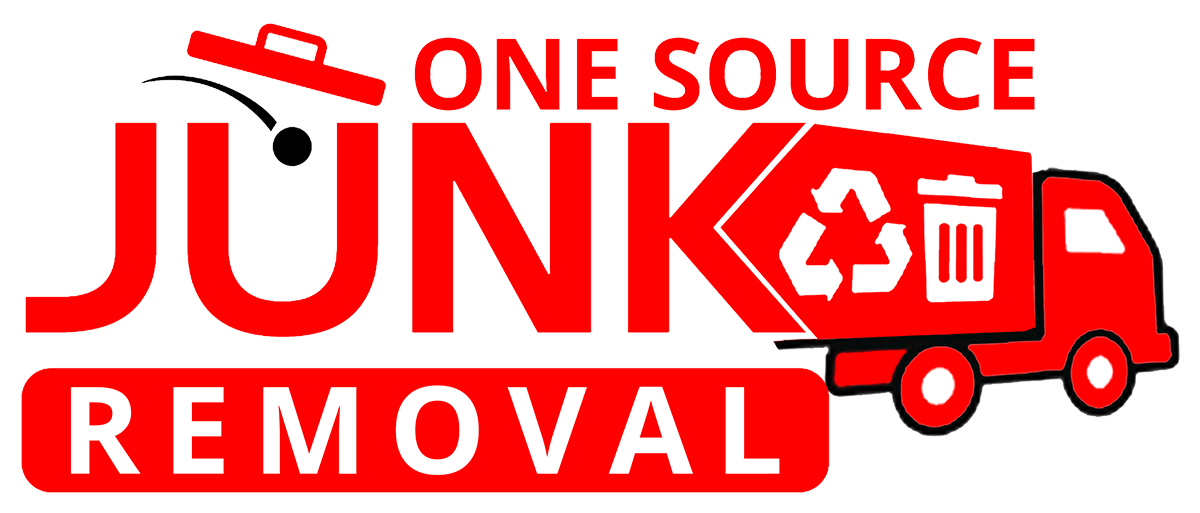Junk Removal for Renovations
Lorraine Duncan
Renovations are exciting. Whether you’re transforming a kitchen, updating a bathroom, or doing a full-home overhaul, the possibilities seem endless. But with all that new comes the inevitable—and sometimes overwhelming—mess. Construction debris, old appliances, and forgotten furniture quickly pile up, turning your dream project into a logistical nightmare. That’s where junk removal comes in, saving the day and your sanity.
In this post, we’ll explore everything you need to know about junk removal during renovations: why it’s essential, how to do it right, and when to call in the pros. Ready to clear the clutter and keep your project moving smoothly? Let’s dive in.
Why Junk Removal is Essential During Renovations
Renovations generate waste—and lots of it. But beyond the aesthetic mess, there are practical reasons to tackle junk removal head-on.
- Safety first: Piles of debris, broken tiles, or sharp metal edges pose serious hazards to workers and homeowners alike. A clean site reduces the risk of accidents and injuries.
- Efficiency matters: A clutter-free workspace keeps your project on schedule. No one wants to trip over old drywall while trying to install new cabinets.
- Legal compliance: Many cities and towns have strict regulations regarding waste disposal. Proper junk removal ensures you stay on the right side of local laws and avoid hefty fines.
- By staying on top of junk removal, you create a safer, more efficient work environment, setting your project up for success from start to finish.
Common Types of Junk Generated During Renovations
Before you can remove junk, you need to know what you’re dealing with. Renovations create a variety of waste materials, each requiring its own approach for disposal.
- Construction debris: Wood, drywall, insulation, flooring—these are common byproducts of tearing down walls and rebuilding.
- Old furniture and fixtures: Think cabinets, countertops, bathroom sinks, and light fixtures. All of these will need a new home (or the dumpster) when they’re replaced.
- Hazardous materials: If your home is older, you may encounter lead paint, asbestos, or mold, which require specialized removal.
- Outdated appliances and electronics: During kitchen or entertainment area renovations, large items like refrigerators, stoves, and electronics may need disposal, especially if they no longer work.
- Each of these materials has its own disposal rules, and improper handling can lead to more trouble than it’s worth.
Benefits of Hiring a Professional Junk Removal Service
When it comes to junk removal, you have two main options: handle it yourself or bring in the professionals. Here’s why hiring a professional service can be a game changer:
- Convenience: Why haul heavy junk when someone else can do it for you? Professionals handle the loading, hauling, and disposal so you don’t have to lift a finger.
- Expertise: Not all junk is created equal. Professionals know how to sort, recycle, and dispose of materials properly. This is especially important when dealing with hazardous materials.
- Responsible disposal: A good junk removal service will make sure your waste is handled responsibly, whether that means recycling, donating usable items, or following proper disposal procedures for hazardous materials.
- Time and cost savings: Think of the hours (and potential back injuries) you’ll save by letting someone else handle the heavy lifting. Professionals can often get the job done faster and more efficiently than DIY efforts.
DIY Junk Removal vs. Professional Services
If you’re wondering whether to roll up your sleeves or hire a team, here’s a quick breakdown of the pros and cons:
DIY Junk Removal Pros:
- Cost savings: For smaller projects, renting a truck and handling junk removal yourself can be cheaper.
- Flexibility: You can work on your own schedule without waiting for a company’s availability.
DIY Junk Removal Cons:
- Time-consuming: Sorting, loading, hauling, and disposing of junk is a full-time job during renovations.
- Injury risk: Heavy lifting, sharp debris, and improper disposal can lead to injuries or accidents.
- Disposal challenges: Not all waste can be thrown in your regular trash—some materials need special treatment or transport to recycling centers.
When to Hire a Professional:
- Large projects: If you’re working on a big renovation with significant debris, professionals can manage the volume quickly.
- Hazardous materials: Lead, asbestos, or mold? Leave it to the experts to avoid safety risks.
Eco-Friendly Junk Removal Options
Being eco-friendly during renovations is more important than ever. Here’s how you can reduce the environmental impact of your junk removal:
- Recycling: Many materials—like metal, wood, and certain plastics—can be recycled rather than sent to the landfill. Make sure your junk removal service offers recycling options.
- Donating: Furniture, fixtures, and appliances that are still in good condition can be donated to charities or organizations like Habitat for Humanity. It’s a win-win: you get rid of unwanted items, and someone else benefits.
- Waste reduction strategies: Consider salvaging and repurposing materials where possible. Old doors, windows, or even cabinets can often be reused in creative ways.
- Eco-friendly disposal isn’t just good for the planet—it’s good for your peace of mind.
How to Choose the Right Junk Removal Service
- Choosing the right junk removal company can make or break your renovation cleanup. Here’s what to look for:
- Licensing and insurance: Always ensure the company you hire is licensed and insured to protect both you and your property.
- Specialization in renovations: Look for companies that specifically handle post-renovation junk, as they’ll be more familiar with the type of waste you’re generating.
- Reputation: Check online reviews, ask for references, and don’t be afraid to request proof of past work.
- Pricing and transparency: Understand what’s included in their pricing—does it cover hauling, labor, and disposal fees? Get quotes and compare services before committing.
Cost Considerations for Junk Removal
- The cost of junk removal can vary widely depending on several factors:
- Volume of junk: Larger projects with more waste will naturally cost more.
- Type of debris: Hazardous materials or items requiring special disposal can increase the cost.
- Location: How far you are from the disposal or recycling centers affects pricing.
- Labor involved: Complex removal tasks, like carrying heavy items from a basement, may incur additional fees.
Tips for saving on junk removal costs:
- Declutter first: Before the renovation starts, sort through your belongings and get rid of items you no longer need. This reduces the amount of junk needing removal.
- Sort materials yourself: Separate recyclables from general waste to save time and potentially lower fees.
Tips for Managing Junk Removal Throughout the Renovation Process
Keeping junk removal under control isn’t just a one-time job—it’s an ongoing task throughout the renovation. Here’s how to stay on top of it:
- Regular clean-ups: Schedule junk removal at different stages of your renovation to prevent clutter from building up.
- Dumpster or bin placement: Keep your site tidy by placing dumpsters or bins in strategic locations so waste is always contained and accessible for removal.
- Coordinate with contractors: Work with your contractors to ensure they know when to expect junk removal services, so your project stays on track without delays.
Conclusion
Junk removal may not be the most glamorous part of your renovation, but it’s absolutely crucial. By keeping your workspace safe, efficient, and clutter-free, you ensure that your project stays on schedule and within budget. Whether you decide to DIY or call in the professionals, planning your junk removal strategy early will save you time, money, and headaches.
Ready to get started? Contact a trusted junk removal service today, and make your renovation project as smooth and seamless as possible!







